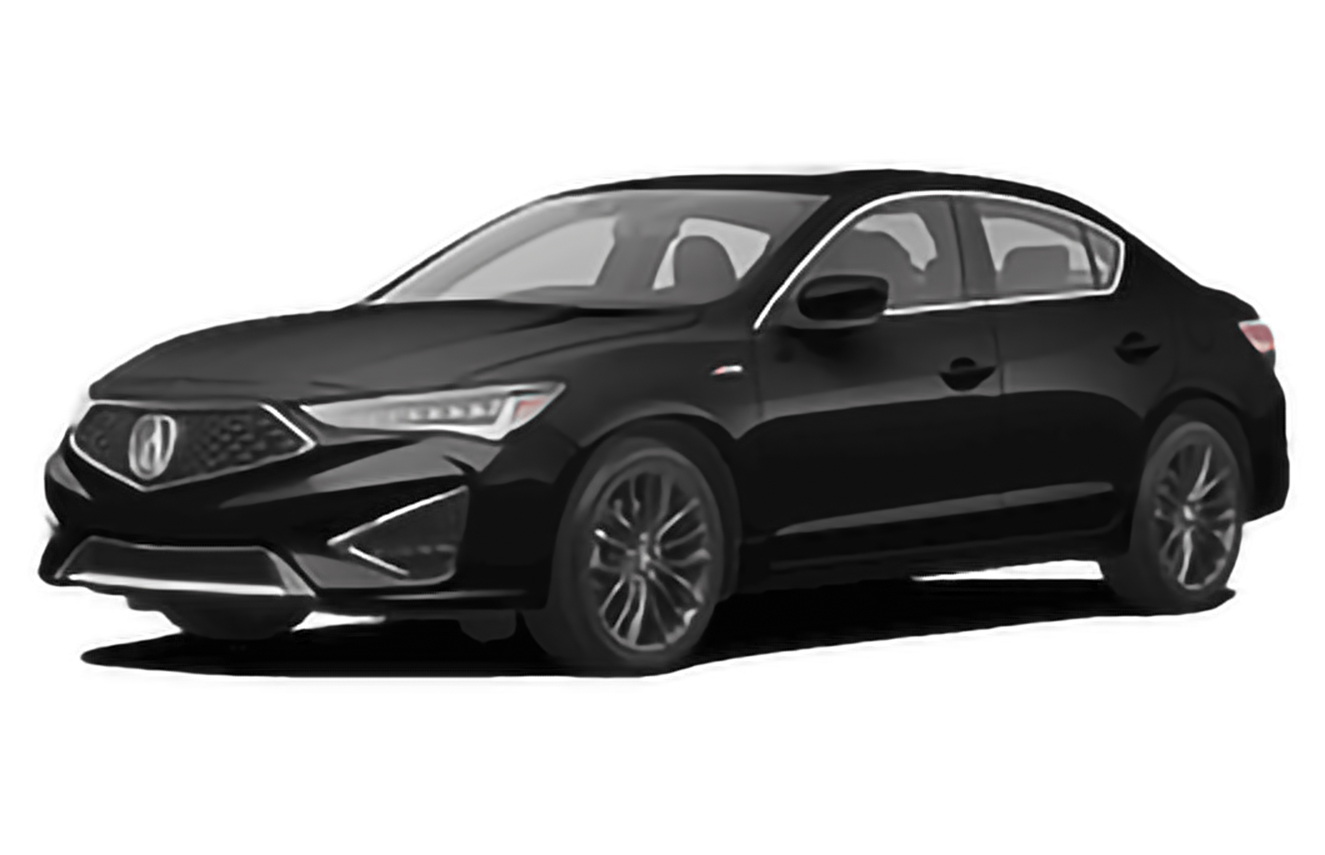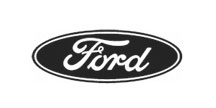Glossary
A-arm
An A-shaped suspension control arm. The control arm is used to attach suspension peripherals to the chassis. This is specifically designed to resist lateral forces.
acquisition fee (a.k.a. bank fee)
A fee to start a lease; e.g., car lease
active head restraint
Designed to significantly reduce the possibility of head and neck injuries, usually found as a standard in driver and front passenger seats.
active suspension
A suspension system that helps to improve a vehicle's handling in dynamic road conditions; increases safety of passengers in a car with or without load.
Active-handling system
(a.k.a AdvanceTrac, Electronic Stability)
Traction systems and antilock brakes that work simultaneously through use with microcomputers, accelerometers, etc.
adaptive cruise control
Advanced speed control system that is computer controlled, allowing the car to automatically adjust and maintain safe distances between vehicles.
adaptive suspension
A computer-controlled suspension system that adjusts a car's condition according to changes in roads via software that determines by sensing and motion planning.
adjusted capitalized cost
A car leasing term used to represent the final amount calculated for lease payments.
air shocks
A shock absorber that can be filled with air to increase suspension in a car to match its load.
alternator
An engine-powered generator used to produce electricity and charge a car's battery as well as the car's electrical parts.
anti-roll bar
(a.k.a. anti-sway bar, stabilizer bar)
A tube used as a measure preventing cars from rolling in extreme turns on the road; is part of a car's suspension system.
antilock braking system (ABS)
A car braking system that discourages car wheels from locking when braking, providing a driver better control of a vehicle in both extreme and non-extreme situations.
automatic leveling
A part of the main suspension that allows a car to be raised or lowered automatically when there is a significant change in load; the leveling technology can raise or lower the front, rear or both when necessary.
automatic-locking hubs
Hubs used to reduce friction when four-wheel drive is not in use; these are manual locking hubs that perform the same function.



